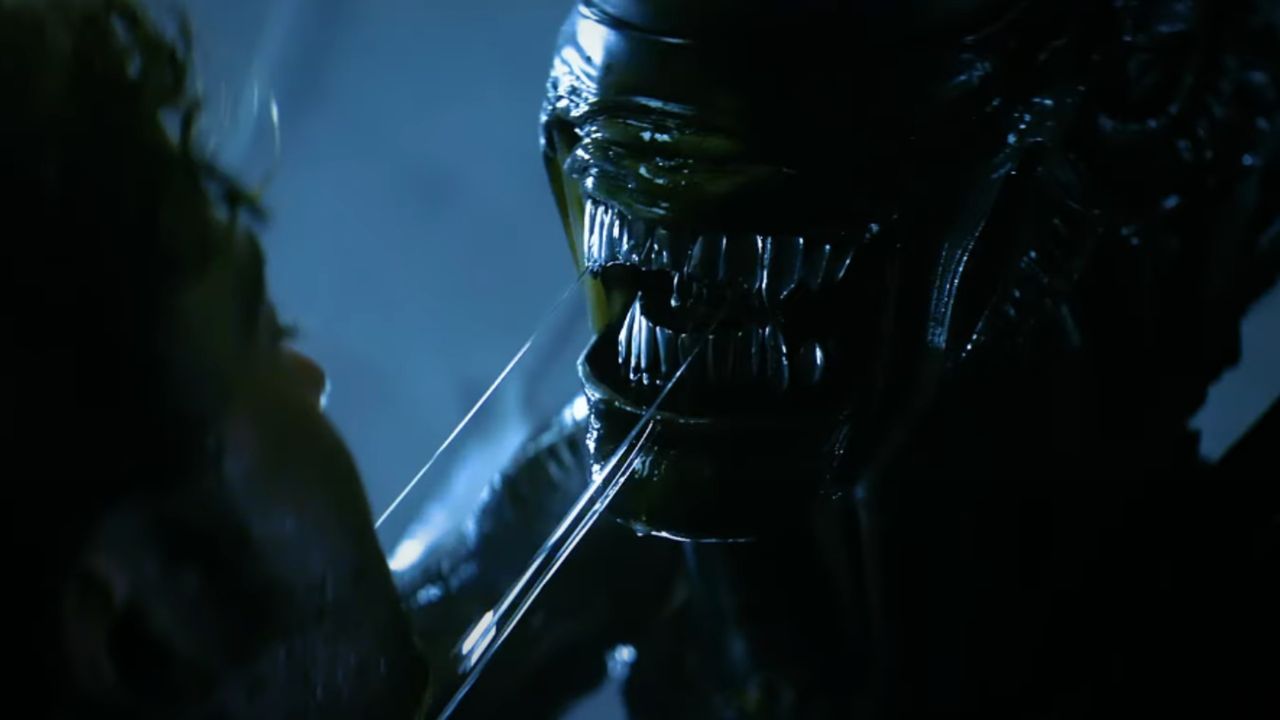
Across the nine screen adaptations to date, Alien’s perfect organism has always evolved. The same is true in Alien: Earth, where the show’s Xenomorph now also part of a whole "predatory" ecosystem, alongside an experimental lab full of eldritch abominations.
Speaking to GamesRadar+ at a press event in London, creator and showrunner Noah Hawley explains how, despite knowing "not to touch the silhouette", anyone who pays close enough attention to Alien: Earth’s Xenomorph will notice some subtle changes to H.R. Giger’s iconic design.
"You'll see if you look closely at it, I've made some adjustments," Hawley says. "The biology of the creature, with the fact that whatever its host is, it absorbs some DNA, allows us to take these liberties with it. And I also think there's some elements of functionality. How it moves: I like to think of it more as a quadruped than a biped, right? I look at the tail and I think, 'Well, I know it can use it like a scorpion, but could it also use it like a monkey?' The more prehensile tail.
"These are the elements of playing around with the form and the functionality," Hawley continues. "[With] a two-hour movie, you're talking a finite number of elements, right? But in perpetuity, in long-form storytelling, you have to think of it more as an animal in an ecosystem. And that's really interesting to me."
As for the controversial addition of new critters to Alien’s extraterrestrial menagerie, Hawley draws a compelling historical parallel between Alien: Earth’s USCSS Maginot – a Weyland-Yutani deep-space exploration vessel with striking similarities to Alien’s Nostromo – and the ship that famed naturalist Charles Darwin sailed around the globe in the 19th Century.
"I see the Maginot, as like the HMS Beagle – like they've sent Darwin's ship out and he's collecting samples from around the Earth," Hawley says. "Each of these species, what do they have in common? There's a certain parasiticness to them, um, and a certain predatory nature to them. We know from the Alien lore that the Weyland-Yutani Corporation seems to be very eager to exploit these creatures for their bioweapons purposes or purposes that aren't necessarily for the benefit of humanity. But even that we explore in the series."
In contrast to Prometheus and Alien: Covenant, which explored the origins of the Xenomorph itself, Alien: Earth turns its prequel lens on the Earth-based mega-corporations looking to exploit the Xenomorph, and what that may mean for the future of humanity. "It is extraordinary, not only the hubris of mankind, but that we continue to think… that we can control such organic forms," producer David Zucker says. "And what we end up unleashing on ourselves is really something that can extend through the series for hopefully seasons to come."
For now, we've got a single season of Alien: Earth to look forward to, which network FX hopes will be the next Game of Thrones-level event show. Starring Sydney Chandler, Timothy Olyphant, Alex Lawther, Samuel Blenkin and more, Alien: Earth’s first season kicks off with a two-episode premiere on Hulu in the US on August 12, and on Disney+ in the UK on August 13.
For more, check out our Alien: Earth review, and if you're preparing for the show to burst on screens, check out our breakdown of how to watch the Alien movies in order.







